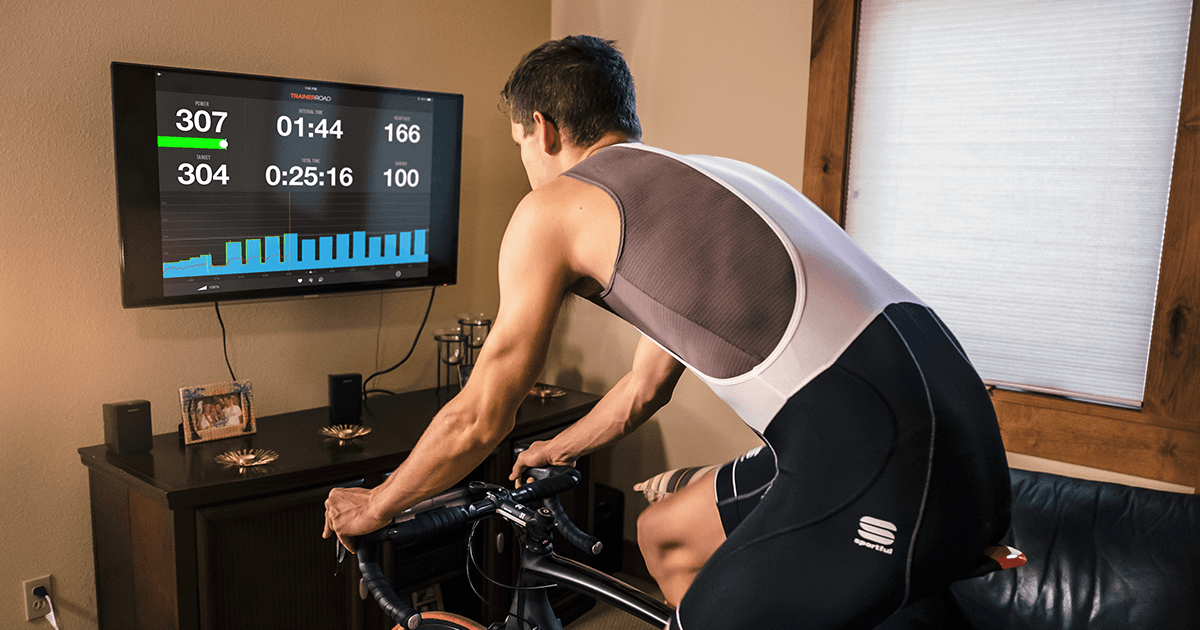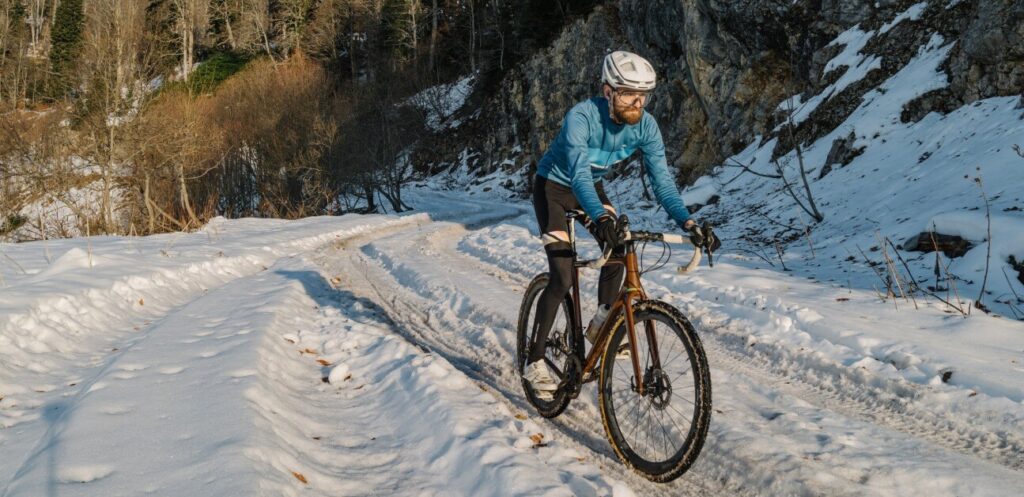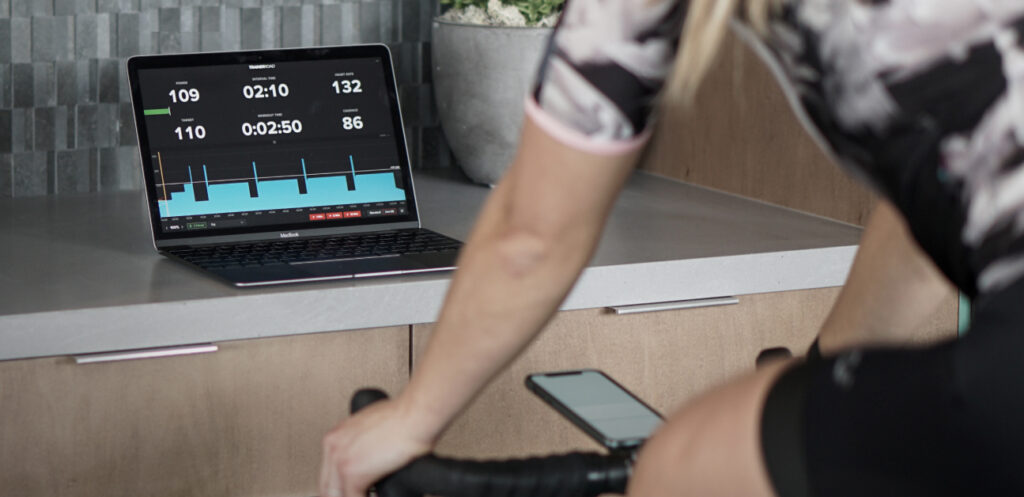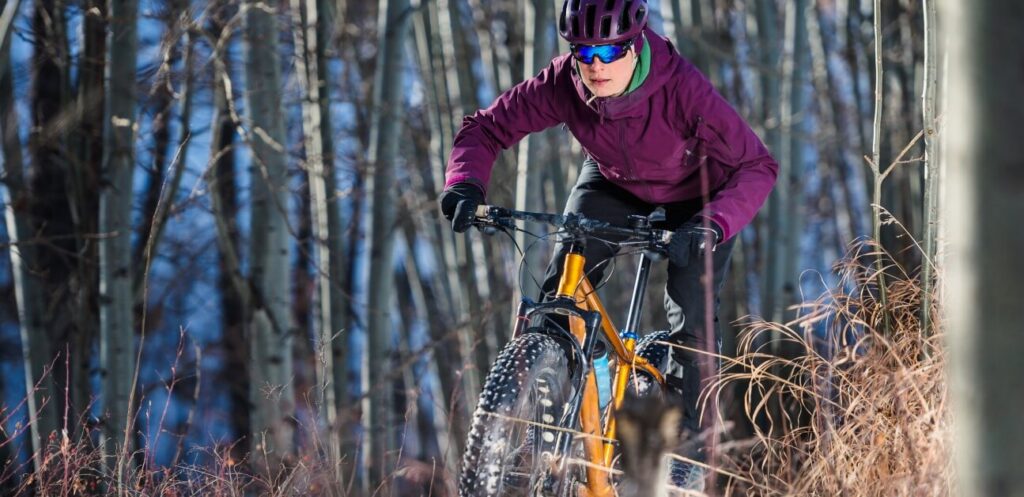How to Create a Winter Cycling Training Plan

Your winter cycling training plan should be created based off the demands of your goal event, also known as an A-priority race. After you’ve determined what and when your goal event is, the next step is to pick all the B- and C-priority races you’ll do between now and then to help you prepare for your A race.
Each type of priority race has a specific purpose and should fit strategically into your overall training plan. Here’s how to categorize your future races, which is the first step in laying out a successful upcoming race season:
A Races
These are high priority, key events that should inspire all your training. The performance outcomes of your A races will likely serve as a measure of your entire season’s success. You’ll likely only have one or two of these races in a season. As you get deeper into your training, you should taper your training for these events.
C Races (aka training races)
These races are focused more on targeting a specific aspect of your fitness or performance than they are on winning. For example, maybe you want to practice holding 90% of your race pace during a C-priority time trial or triathlon. Or, maybe you want to take a few flyers during a criterium or attack some climbs during a road race. These are all situations where your results aren’t your highest priority — your training is. You shouldn’t be afraid to “fail” during events of this priority. With C races, there’s no tapering or extra rest you need to work into your training schedule to prepare for them.
B Races
These races fall somewhere in between and serve your training on a few levels. One, they’ll show you if your training is moving you toward your goals at the right rate. Two, they can familiarize you with the exact types of demands you’ll face during your highest priority events. And three, they can give you an idea of how you’ll perform when you’re not particularly fresh or optimally fit. You won’t taper for these races in the same way you will for an A race, if you taper at all.
When you step from your C to B to A races, they should get increasingly more specific to your goal event. Keep this in mind as you go into your next step of training planning, which is laying out your season into three key phases.
In my Train Smart, Get Fast email series, I explain in-depth why breaking your season up into different phases is the most effective way to accomplish your cycling goals. But, for this guide I’ll keep things to the point. The goal for any type of productive training should be to establish a solid foundation of fitness, build upon that fitness, then fine-tune your fitness. At TrainerRoad, all 80+ training plans are structured with these three phases. We call them the Base, Build and Speciality Phases.
Of the three key training phases, the Base Phase is the longest. In most cases, you want to dedicate 12 weeks to base training. If you don’t have 12 weeks, eight weeks is a safe minimum. Anything less than eight weeks is not sufficient because it’s difficult to cultivate a solid base of fitness in under two months. As for your Build and Speciality Phases, it’s ideal to dedicate eight weeks of training to each phase.
Key Takeaway
Your training should get more specific as your races do. When creating your cycling training plan, you should prioritize your races then work them into three incrementally progressive phases to help prepare for your goal event.
To get started creating your winter cycling training plan, make a list of your race dates, then categorize them into three buckets: your A, B and C races. Next, break your season up into three progressive and increasingly more specialized phases. Lastly, account for timing. Your B and C races leading up to your A race(s) should be properly spaced throughout 24-28 weeks of total training for your race season.
What are your cycling goals going into your spring/summer racing season? As things stand now, does your training plan reflect those goals? Let me know where you’re at in the comment section below.
This is one section of my Winter Training Guide. Read the full guide here to discover 11 coaching tips to help you become a faster cyclist right now.


